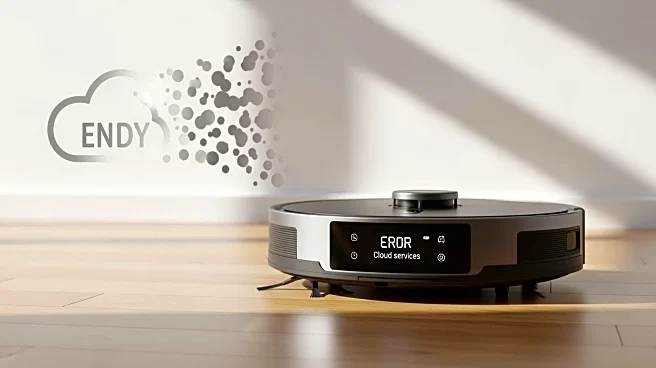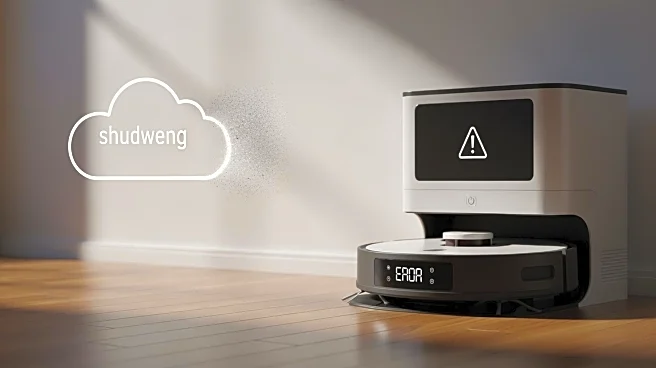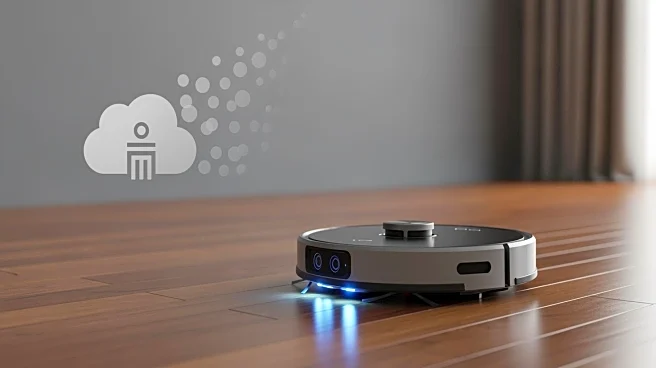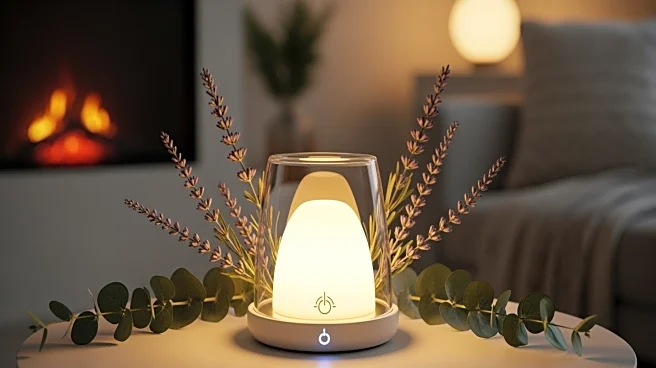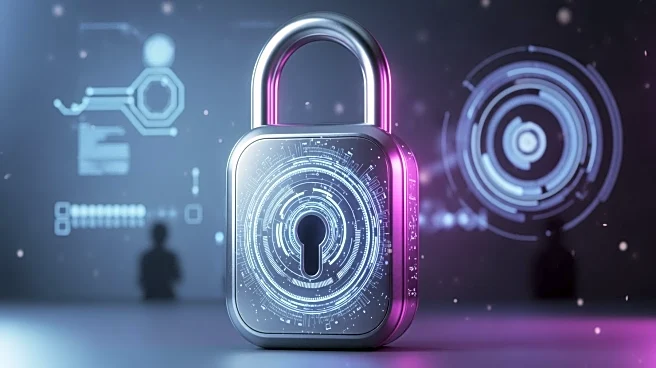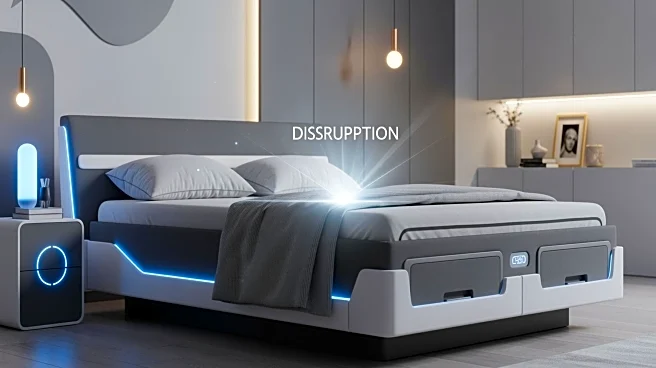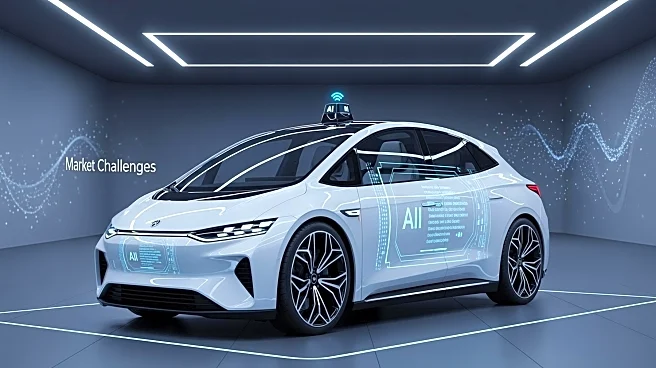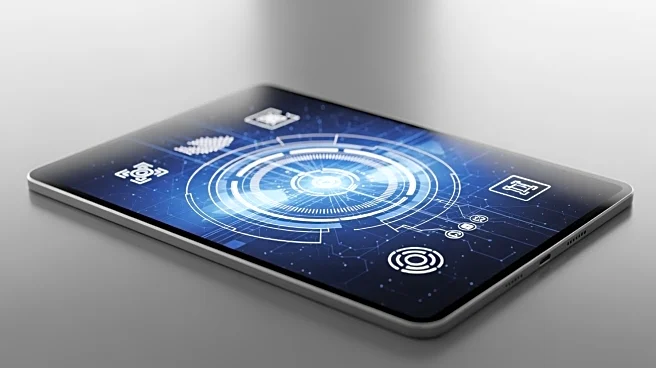What's Happening?
Neato Robotics, a company known for its robot vacuums, will see its devices revert to manual operation following the shutdown of its cloud services. This decision was made by its parent company, Vorwerk,
which acquired Neato in 2017. The shutdown means that the MyNeato app will no longer function, preventing users from remotely controlling their vacuums or setting cleaning schedules. This change comes after Neato ceased operations in 2023, with Vorwerk initially promising to maintain cloud services for five years. However, advancements in cybersecurity standards and compliance obligations have made it unsustainable to continue operating these legacy systems.
Why It's Important?
The shutdown of Neato's cloud services highlights the vulnerabilities of internet-connected appliances. Consumers who invested in these smart devices now face reduced functionality, as they can no longer utilize the advanced features that justified their purchase. This situation underscores the risks associated with the reliance on cloud-based services, where companies can unilaterally decide to discontinue support, leaving consumers with less valuable products. The broader implication is a potential loss of consumer trust in smart home technologies, as similar actions by other companies, like Google and Belkin, have also left users with diminished device capabilities.
What's Next?
As Neato vacuums transition to manual mode, users will need to adapt to the loss of convenience previously offered by the app. This may lead to increased consumer scrutiny of smart home devices and their reliance on cloud services. Companies in the smart home industry might face pressure to provide more transparent and long-term support commitments to reassure customers. Additionally, there could be a push for regulatory measures to protect consumers from abrupt service discontinuations.
Beyond the Headlines
The decision to end cloud services for Neato vacuums raises ethical questions about the responsibility of companies to maintain support for products that rely on internet connectivity. It also highlights the need for consumers to consider the long-term viability of smart devices and the potential for obsolescence. This development may influence future purchasing decisions, with consumers prioritizing devices that offer offline functionality or guaranteed long-term support.
